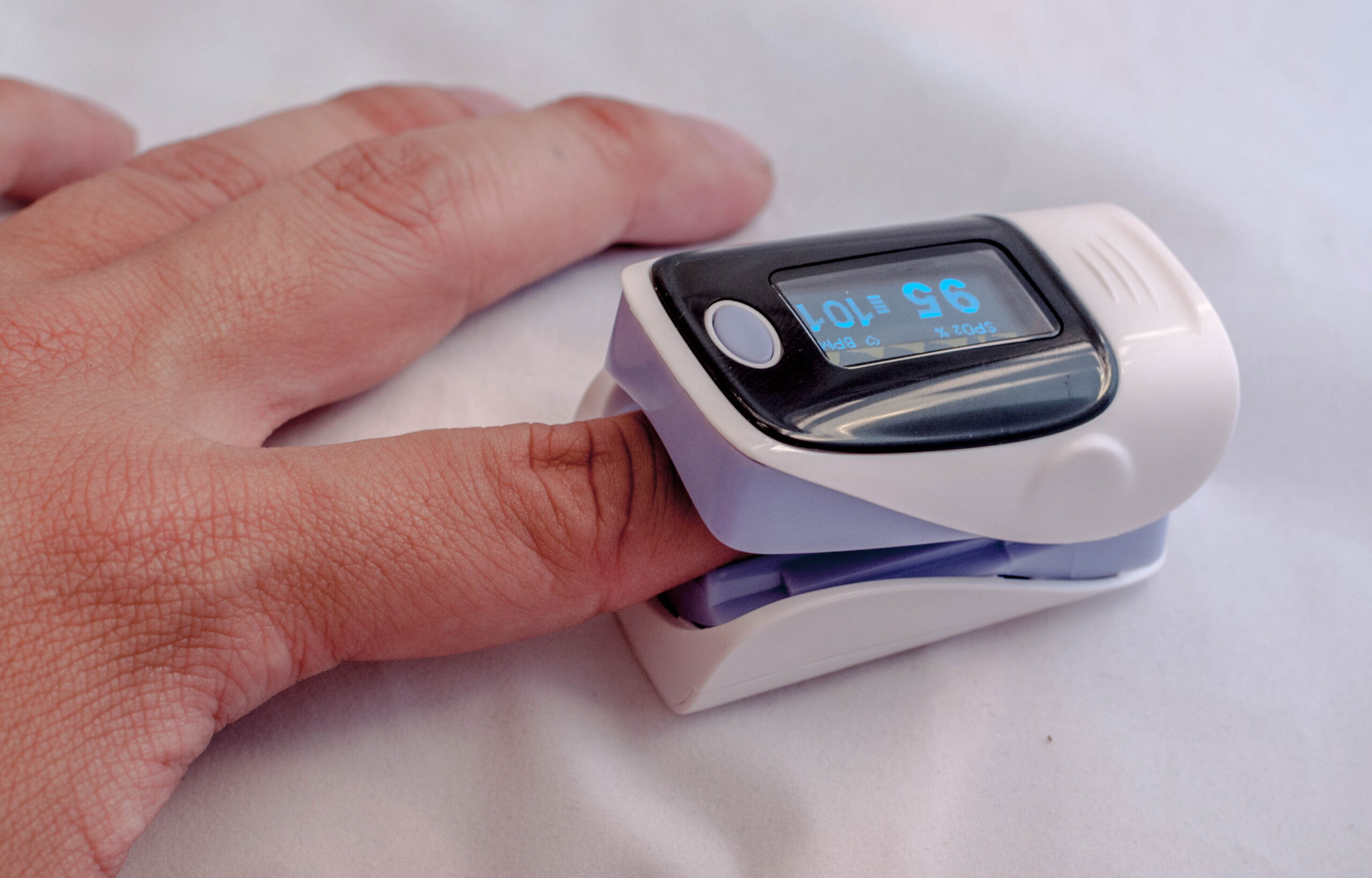PALS Systematic Approach
Short Description
This algorithm presents the Systematic Approach to reinforce that a consistent and systematic approach should be used to assess an ill child.
Algorithm at a Glance
- Every algorithm represents a systematic approach to the treatment of children.
- The systematic approach begins when the provider forms an initial impression of the child’s condition.
- If the child is unconscious, the provider proceeds with the BLS assessment.
- If the child is conscious, the provider performs a primary assessment followed by a secondary assessment.
- If the child’s condition deteriorates, the provider initiates the BLS assessment.
Goals for Management
The clinician will be able to:
- Discuss the rationale for a systematic approach to the assessment of a child with a suspected cardiac arrest.
- Conduct the assessment to determine if the child requires BLS care.
The PALS Systematic Approach Algorithm
This algorithm outlines the steps for a systematic approach to managing children requiring basic or advanced life support.
PALS Systematic Approach Algorithm
Box 1: Initial Impression
The initial impression is the first quick “across the room” observation of the child’s appearance, breathing, and color and should take just a few seconds. The Pediatric Assessment Triangle (PAT) is the tool a provider uses to form the first impression of a pediatric patient. The PAT helps identify which system, i.e., respiratory, circulatory, or neurologic, may affect the child and how urgently they need to be seen and treated. The primary purpose of the PAT is to intervene in a life-threatening situation quickly.
Related Video – Pediatric Assessment Triangle
Box 2: Child Unresponsive?
If yes, the provider proceeds to Box 3.
If no, the provider proceeds to Box 10.
Box 3: Activate Emergency Response
The provider calls for help and uses a cellphone (if available) for guidance from the dispatcher.
Box 4: Child Breathing With a Pulse?
If the child is not breathing and has no pulse, the provider proceeds to Box 7.
If the child is not breathing, but a pulse is present, the provider proceeds to Box 5.
If the child is breathing and has a pulse, the provider proceeds to Box 10.
Box 5: Airway Management
The provider opens the airway and provides ventilation with oxygen if available. A monitor and pulse oximeter are also then attached if available.

A pulse oximeter measures oxygen saturation.
Box 6: Pulse < 60 bpm With Poor Perfusion?
After the child is adequately ventilated, and if the pulse is < 60 bpm with poor perfusion, the provider proceeds to Box 7.
After the child is adequately ventilated, and if the pulse is > 60 bpm with adequate perfusion, the provider proceeds to Box 12.
Box 7: Start CPR
The provider uses the C-A-B (compressions, airway, breathing) sequence to provide high-quality CPR.

A rescuer administers CPR to a child.
Box 8: Go to Pediatric Cardiac Arrest Algorithm
If the clinician determines at any time that the child is in cardiac arrest, they begin implementation of the Pediatric Cardiac Arrest algorithm.
Box 9: Provide Post-Cardiac Arrest Care After ROSC
After the child has a return of spontaneous circulation, the provider proceeds to Box 12.
Related Video – Understanding Management of Shock After ROSC Pediatric Algorithm
Box 10: Child With Severe Airway, Breathing, or Perfusion Compromise?
If the child has severe airway, breathing, or perfusion compromise, the provider immediately proceeds to Box 11.
If not, the provider proceeds to Box 12.
Box 11: Airway Management
The provider ensures the child’s airway is patent and the chest rises with each ventilation. The team provides oxygen and attaches a monitor and pulse oximeter if available.
Box 12: Evaluate
Evaluate-identify-intervene is a continuous sequence until the critically ill child is stable. This process guides the clinician to treatment and evaluates effectiveness after the team administers an intervention. Children may seem stable upon initial evaluation, only to deteriorate rapidly. Children and infants have limited mechanisms for compensation.